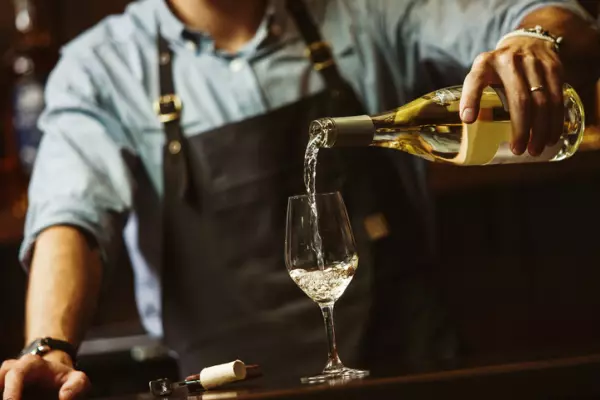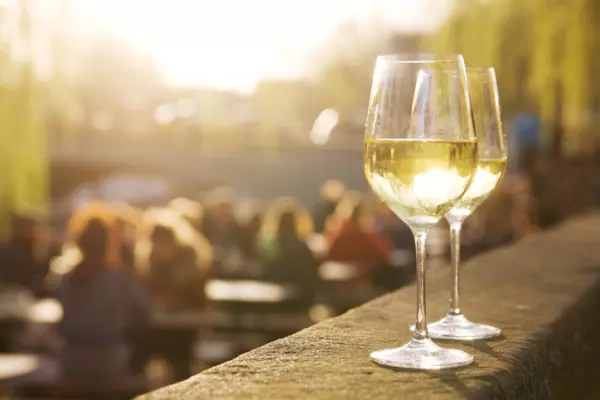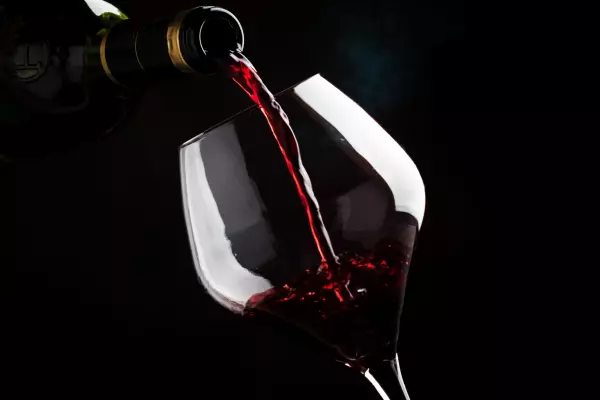According to the Gimblett Gravels website, wines produced in this acclaimed, 800-hectare wine district have won more than 600 gold medals and 210 trophies at local wine competitions and 194 golds and 52 trophies at international competitions. That is an impressive tally.
What is so special about this patch of gravel? According to viticultural expert Steve Smith, MW, great wines of the world are produced in areas that allow grapes to ripen at a perfect rate to achieve perfect maturity. The smartest wine producers know how to fine-tune the ripening process through “terroir manipulation”.
Smith believes Hawke’s Bay is generally slightly too cool during berry development for the “Bordeaux” varieties and syrah, apart from a few hotspots where the average temperature from fruit set to harvest is 25oC. The Gimblett Gravels is one such hotspot.
The area gets extra heat because it is 15km from the sea and receives warmer breezes, it is only 30m above sea level, is sheltered from south-westerly winds by Roys Hill and has gravelly soils that act as a big thermic blanket.
Soil, or lack of it, is a significant factor in the Gimblett Gravels’ success. The soil is so stony that a concrete company tried to buy land there to mine it for gravel.
“The soils in the Gimblett Gravels are essentially pure gravel beds with lenses of sand, silt and clay at various depths,” Smith explained. “These lenses contain up to 20% silt and 9% clay, and along with the 10-40cm of topsoil present, are where all the feeder roots are located. Basically, a vine, if given an unimpeded path, will send a taproot down until it finds one of these lenses and then send out the water- and nutrient-sucking feeder roots for sustenance.”
The vines would not survive without irrigation. In France, they are not allowed to be irrigated even though, as Smith pointed out, they could sometimes make better wine if they were. “We need to get warmer grapes, not warmer vines. For us, warmer grapes mean less herbaceous characters, more colour, more extract, better tannins and less malic acid.” In short, better wines.
Irrigation is one example of terroir manipulation. Other techniques designed to achieve riper grapes are leaf plucking for better light exposure, row spacing, vine spacing, cloned rootstocks, yields, and picking strategy.
I asked John Hancock, founder of winemakers Hancock and Sons, what the going price was for a hectare of established vineyard in the Gimblett Gravels. He thought for a minute before coming up with an estimate of $150,000. That is significantly less than the price of a hectare of sauvignon blanc vines in Marlborough. Apart from an old rifle range owned by the Defence Force, the entire 800 hectares of the Gimblett Gravels are either planted with grapevines or waiting to be planted with grapevines. When the “full” sign goes up, I would expect the price of land to follow.
Hancock told me that while the Gimblett Gravels favours red grape varieties, the lighter, more sandy parts are okay for white varieties, particularly viognier. In his opinion the stonier parts produce the country’s best cabernet sauvignon, especially the area sheltered by Roys Hill.
Asked if the Gimblett Gravels had been impacted by climate change, Hancock said picking dates – an indicator of ripeness levels – hadn’t changed too much in the past couple of decades. The 2020 season was unusually warm, but 2021 was a good all-round year.
If terroir manipulation can be used to warm the grapes and advance the picking date, I suppose it can also be used to turn the heat down if climate change becomes a problem.
Bob’s Top Picks
Investment Wine
Craggy Range 2019 Le Sol Syrah, Hawke’s Bay, $150
Dense, intense and complex syrah that combines power and finesse. Deep, dark wine with a heady perfume and dark berry, plum, violet and pepper/spice flavours. Clearly a wine worth cellaring, although it is deliciously drinkable now.
Weekend Wines
Top White

Villa Maria 2018 Reserve Chardonnay, Hawke’s Bay, $39.99
Intense, weighty chardonnay with grapefruit, peach/stone fruit, root ginger and roasted nut flavours. Rich and quite complex wine with an appealingly smooth texture. Classy chardonnay with potential.
Top Red

Mount Michael 2020 The Mountaineer Pinot Noir, Central Otago, $29.99
Delicately luscious pinot noir with moderately intense plum, cherry/berry, floral and subtle spice flavours. Appealing, accessible and quite juicy wine underpinned with bright acidity and peppery tannins. Slosh it into a jug or decanter for 30 minutes before serving. Great value at this price.
Read more from Bob at therealreview.com














